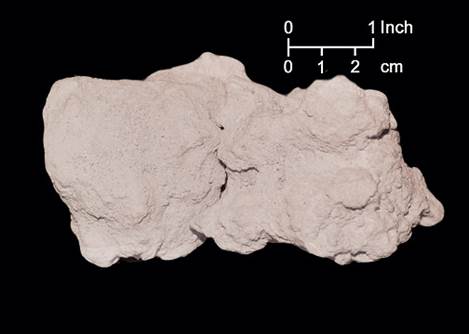

Other researchers also noticed the differences in reservoir characteristics of different lithofacies in oolitic reservoirs ( Palermo et al., 2008 Esrafili-Dizaji and Rahimpour-Bonab, 2014), but the research objects focus on geometry and distribution of oolitic shoal deposits ( Qi et al., 2007 Qiao et al., 2016) and diagenetic evolution of porosity in different lithofacies ( Esrafili-Dizaji and Rahimpour-Bonab, 2014 Li et al., 2017 Morad et al., 2019). (2013) argued that early compaction, with the development of grain interpenetration, permits better connectivity in the pore-throat structure, leading to better reservoir properties. It is considered that mechanical compaction and calcite cementation are the negative factors of pore-throat structure, and the higher the degree of sorting, the better the pore structure. Bliefnick and Kaldi (1996) used high-pressure mercury injection (MICP) to compare the differences in pore structure of different lithofacies in oolitic limestone reservoirs. Swirydczuk (1988) first proposed that original mineralogy and diagenesis jointly control permeability and pore type in the oolitic reservoir. However, an oolitic reservoir shows strong heterogeneity in pore type, porosity, permeability, and pore-throat structure, which has great influence on exploration and development deployment. At present, successful exploration cases have been obtained in the oolitic reservoir of the Carboniferous, Permian, Triassic, and Jurassic periods throughout the world, such as Walker Creek Oilfield in Arkansas ( Swirydczuk, 1988 Bliefnick and Kaldi, 1996), Big Bow and Sand Arroyo Creek Oilfield in southwest Kansas ( Qi et al., 2007), De Wijk and Wanneperveen Oilfield in the Netherlands ( Palermo et al., 2008), South Pars Gas field and Balal Oilfield in Iran ( Esrafili-Dizaji and Rahimpour-Bonab, 2014 Ebrahim et al., 2018), Villeperdue Oilfield in Paris Basin of France ( Granier, 1995), and Puguang Gas field in Sichuan Basin of China ( Li H et al., 2020 Li Y et al., 2020). Therefore, oolitic shoal has always been the ideal target of oil and gas exploration since 1960s ( Akin and Graves, 1969).

Oolitic shoal commonly possesses high primary interparticle porosity, as well as large cumulative thickness, and wide distribution range ( Enos and Sawatsky, 1981 Schmoker and Hester, 1986). Some other diagenesis effects may also have an impact on petrophysical properties of different lithofacies, but they do not play a decisive role in the origin of different lithofacies. The origin of Lithofacies D is only controlled by seepage-reflux dolomitization. Lithofacies C is jointly controlled by seepage-reflux and hydrothermal dolomitization fluids. Meteoric freshwater leaching dominates the origin of Lithofacies B but does not affect the origin of Lithofacies C. On the basis of oolitic shoal deposition, the factors controlling the origin of different lithofacies are meteoric freshwater leaching and then dolomitization. Although the pore heterogeneity of Lithofacies B is weaker than that of Lithofacies A, there is no effective throat connection in Lithofacies B. By comparison, the pore-throat structure of Lithofacies A and B is relatively poor. The pore-throat structure of Lithofacies C is very similar to that of D, but the heterogeneity is much stronger. The subsurface core samples from the different lithofacies were studied using mercury injection, 3D CT scanning, and nuclear magnetic resonance, indicating that Lithofacies D possesses the best pore-throat structure and reservoir connectivity. Based on core and thin section observation, four types of lithofacies can be recognized in the Feixianguan Formation oolitic reservoir: 1) oolitic limestone with intergranular pores (Lithofacies A), 2) oolitic limestone with mold pores (Lithofacies B), 3) oolitic dolostone (Lithofacies C), and 4) silty crystalline dolomite and fine crystalline dolostone (Lithofacies D). The origin and pore-throat structure of different lithofacies are key issues in exploration and development of tight oolitic reservoirs. 4Chongqing Gas Mine, PetroChina Southwest Oil and Gas Field Company, Chongqing, China.3PetroChina Southwest Oil and Gas Field CDB Operating Company, Dazhou, China.2State Key Laboratory of Oil and Gas Reservoirs Geology and Development Engineering, Chengdu, China.1School of Geosciences and Technology, Southwest Petroleum University, Chengdu, China.Guanxiong Ren 1,2* Qirong Qin 1,2 Qiang Zhang 3 Yanbo Guo 4 Zhaoyang Ye 4


 0 kommentar(er)
0 kommentar(er)
